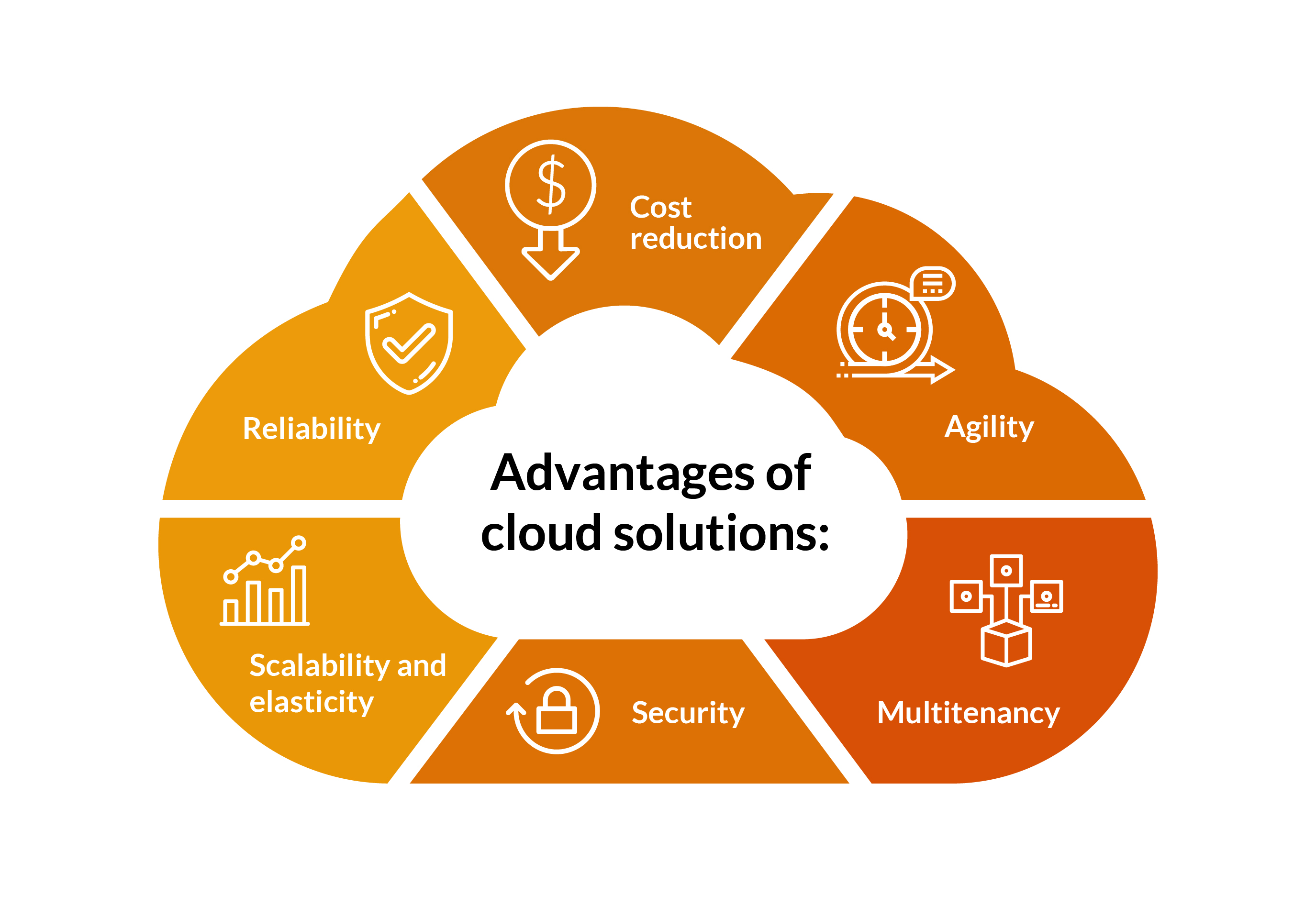Why Choose LinkDaddy Cloud Services: Benefits and Features Discussed
Why Choose LinkDaddy Cloud Services: Benefits and Features Discussed
Blog Article
Achieve Seamless Scalability With Cloud Services
In the ever-evolving landscape of cloud services, attaining seamless scalability stands as a foundation for modern companies looking for to stay competitive and adaptable. The pursuit for seamless scalability with cloud services reveals a globe of possibilities for those prepared to welcome the transformative power of vibrant source management.
Benefits of Cloud Scalability
Cloud scalability offers organizations the versatility to dynamically readjust sources based upon demand, making sure optimal performance and expense performance. One key benefit is the capability to range sources up or down quickly in action to varying work. This agility allows businesses to fulfill changing customer needs without over-provisioning resources, eventually causing set you back financial savings. Scalability additionally enhances performance by making sure that systems can handle boosted web traffic or work without experiencing downtime or stagnations. By successfully allocating resources, organizations can preserve high degrees of efficiency during peak times without unnecessary expenses during quieter durations. Additionally, cloud scalability promotes advancement and trial and error by allowing companies to conveniently examine new concepts and range them as required. This flexibility motivates a culture of continuous renovation and adaptation, allowing organizations to stay competitive in a quickly progressing market landscape. Eventually, the benefits of cloud scalability expand past expense savings to encompass improved efficiency, dexterity, and innovation.
Trick Functions for Scaling
Efficient scaling in cloud solutions depends on vital functions that enable companies to adjust sources dynamically based on demand. One crucial attribute for scaling is flexibility, permitting resources to scale up or down in reaction to fluctuating work. This guarantees that companies can satisfy efficiency demands without over-provisioning resources. An additional essential attribute is scalability, making it possible for systems to take care of boosted workload by adding sources seamlessly. This attribute is important for accommodating development without jeopardizing performance. In addition, automation plays a crucial role in scaling by automating the provisioning and de-provisioning of resources based on predefined plans. Automation reduces human intervention, enhances efficiency, and guarantees quick feedback to changing demands. Surveillance and analytics devices are additionally essential for scaling, providing insights right into resource usage, efficiency metrics, and prospective traffic jams. These tools allow organizations to enhance and make educated choices resource appropriation for reliable scaling. In general, these essential features collectively empower organizations to achieve seamless scalability in cloud solutions.
Applying Auto-Scaling Approaches
To properly enhance resource appropriation and adjust to varying workloads, companies need to strategically carry out auto-scaling techniques in their cloud solutions infrastructure. Auto-scaling allows systems to automatically readjust the number of calculate resources based on real-time need. There are different auto-scaling strategies that companies can employ, such as anticipating scaling, which utilizes historic data to anticipate future resource demands, and reactive scaling, which reacts to existing work adjustments.

Best Practices for Scalability
For organizations aiming to improve their scalability in cloud solutions, executing ideal methods is vital for optimum performance and resource management. One trick finest practice is making applications with a microservices style. This technique breaks down applications into smaller sized, independent check my site services that can be released, updated, and scaled individually, permitting higher versatility and scalability.
An additional crucial practice is making use of containerization modern technology, such as Docker or Kubernetes. Containers allow the packaging of applications and their dependencies right into isolated devices, making it less complicated to scale components independently and deploy them continually throughout various atmospheres.
In addition, implementing automated implementation and facilities as code (IaC) can enhance scalability efforts (linkdaddy cloud services). Automation devices like Terraform or Ansible assistance in provisioning and taking care of sources effectively, lowering hands-on mistakes and making it possible for rapid scalability
Moreover, monitoring efficiency metrics, establishing alerts, and performing regular capacity planning are important techniques to make certain proactive scalability administration. By sticking to these finest practices, companies can accomplish smooth scalability in their cloud solutions while optimizing efficiency and source application.
Surveillance Efficiency Metrics
When evaluating the efficiency of cloud services scalability, carefully checking efficiency metrics is important for ensuring optimum performance and resource appropriation. By constantly tracking key performance indications (KPIs) such as reaction times, throughput, latency, and source use, organizations can acquire useful insights into the health and performance of their cloud facilities. Checking performance metrics permits the early detection of possible traffic jams or problems that could influence scalability, making it possible for aggressive procedures to be taken to address them prior to they rise.

Conclusion
To conclude, attaining smooth scalability with cloud services is necessary for organizations to optimize performance, boost innovation, and keep high efficiency degrees during peak times. By leveraging the advantages of cloud scalability, carrying out auto-scaling techniques, utilizing key attributes such as elasticity and automation, and following ideal methods like application design and efficiency tracking, companies can efficiently scale their systems while making best use of source use and performance.
The quest view for seamless scalability with cloud services introduces a globe of opportunities for those eager to welcome the transformative power of vibrant resource management.
Cloud scalability supplies companies the flexibility to dynamically adjust sources based on demand, ensuring optimum performance and cost effectiveness. One more key attribute is scalability, allowing systems to take care of increased workload by including sources seamlessly.For companies intending to improve their scalability in cloud services, executing ideal practices is critical for optimal efficiency and source management.When evaluating the efficiency of cloud solutions scalability, carefully monitoring efficiency metrics is essential for ensuring ideal capability and source allotment.
Report this page